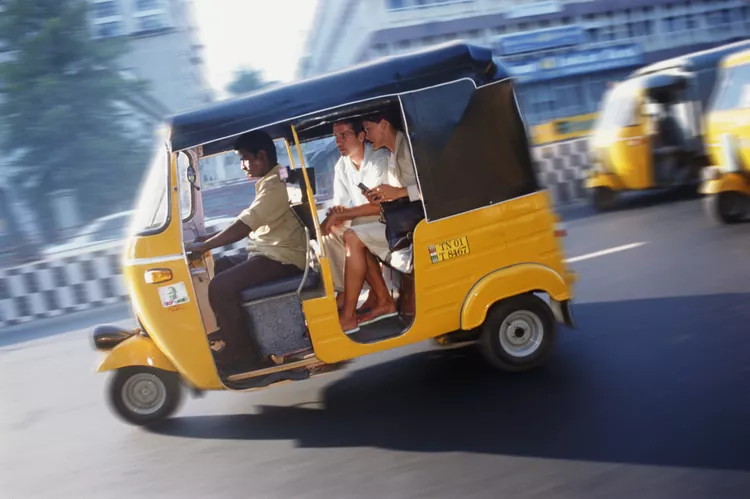Summary
Love them or hate them, mototaxis have become an almost iconic form of transport in Peru. Similar to their international counterparts—auto-rickshaws in India and Sri Lanka, “baby taxis” in Bangladesh, and tuk-tuks in Thailand—Peruvian mototaxis provide an affordable way to navigate many of the nation’s towns and cities.
History
Mototaxis first appeared in the jungle regions of Peru during the 1980s, with most vehicles arriving from India. By the 1990s, the mototaxi boom had reached Lima and subsequently spread along the Pacific coast.
Today, mototaxis are found throughout Peru, with jungle cities like Iquitos, Tarapoto, and Tingo Maria having the highest number of mototaxis per capita. In both high and low jungle settlements (selva alta and selva baja), roads are often dominated by these three-wheeled vehicles.
Notably, residents in the jungle regions also partake in mototaxi racing, known as Motokar Cross, showcasing the local culture and enthusiasm.
Types
There are two main types of mototaxis in Peru:
- The most common type is a converted motorcycle featuring a bench seat in the rear.
- In some towns, you might also encounter the small-wheeled trimovil, a three-wheeler with a more rigid and mostly enclosed cabin.
While the term Bajaj refers to one of the primary manufacturers of trimovils, it has become a generic term in various regions. Although enclosed trimovils offer less passenger space, they provide better protection from the rain. Some can also be converted to run on gas (mototaxis a gas).
Routes
Mototaxis are constantly buzzing around in search of passengers. There are no fixed routes; therefore, you can simply flag down a driver, negotiate your fare, and hop in.
In specific towns, mototaxi stops (paraderos) exist for set destinations, particularly for trips between towns and villages.
Fares
Mototaxi fares are inexpensive and ideal for short distances. A ride of five or six blocks can cost as little as S/.1 (US$0.35), while crossing a mid-sized town may only cost S/.5. Always agree on a price before starting your journey to avoid excessive fares upon arrival, which can be hard to negotiate later.
Typically, mototaxi fares are based alone on distance, not per passenger, unless they are running along established routes where the fare may be per person. In most cases, the fare for multiple passengers remains the same as for a single traveler. However, drivers may increase the price for extra weight, especially if luggage occupies space in the vehicle.
Prices can fluctuate based on the time of day (with higher rates on weekend nights) and the road’s quality (resulting in increased fares for poorly maintained roads or steep climbs).
Interestingly, tipping is not customary for mototaxi drivers in Peru, as they do not expect additional gratuities; therefore, any extra payment is entirely at your discretion.
Safety Tips
Although there are many cautions to consider while in Peru, riding a mototaxi can be safe if you follow certain guidelines. Mototaxi drivers might sometimes have a reputation for recklessness, leading to safety concerns due to the vehicle’s structure. To ensure a safer experience, keep these tips in mind:
- Avoid taking mototaxis on heavily trafficked roads, especially those dominated by larger vehicles such as trucks and buses. The design of mototaxis offers no protection in the event of a collision.
- If you flag down a mototaxi and it appears in poor condition (or if the driver seems intoxicated), do not hesitate to decline the ride for a safer option.
- Since mototaxis lack safety belts or other protective features, keep your arms and legs inside the vehicle’s frame, treating the ride similarly to a rollercoaster — a comparison that is all too relevant at times.




